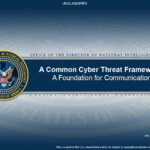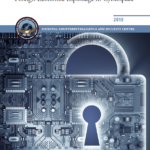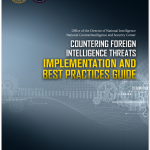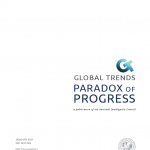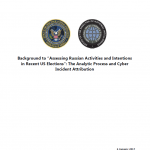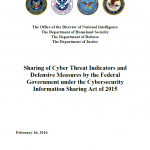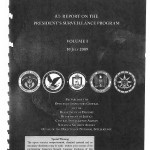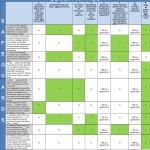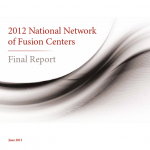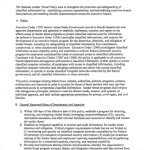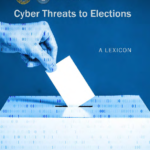
This reference aid draws on CTIIC’s experience promoting interagency situational awareness and information sharing during previous significant cyber events—including cyber threats to elections. It provides a guide to cyber threat terms and related terminology issues likely to arise when describing cyber activity. The document includes a range of cyber-specific terms that may be required to accurately convey intelligence on a cyber threat event and terms that have been established by relevant authorities regarding technical infrastructure for conducting elections.

